If household appliances can hold celebrity status, Henry the vacuum is on the A-list. A staple of British households and businesses for more than four decades, he’s become well-known for his effectiveness, sturdiness, value for money and - yes - his cheerful smiling face.
These days Henry has a variety of siblings including wet/dry vacuums, carpet cleaners and cordless models, but today we’re testing the entry-level model - plain old Henry in its ‘compact’ 160 form factor. This is a bagged cylinder vacuum with a six-litre capacity.
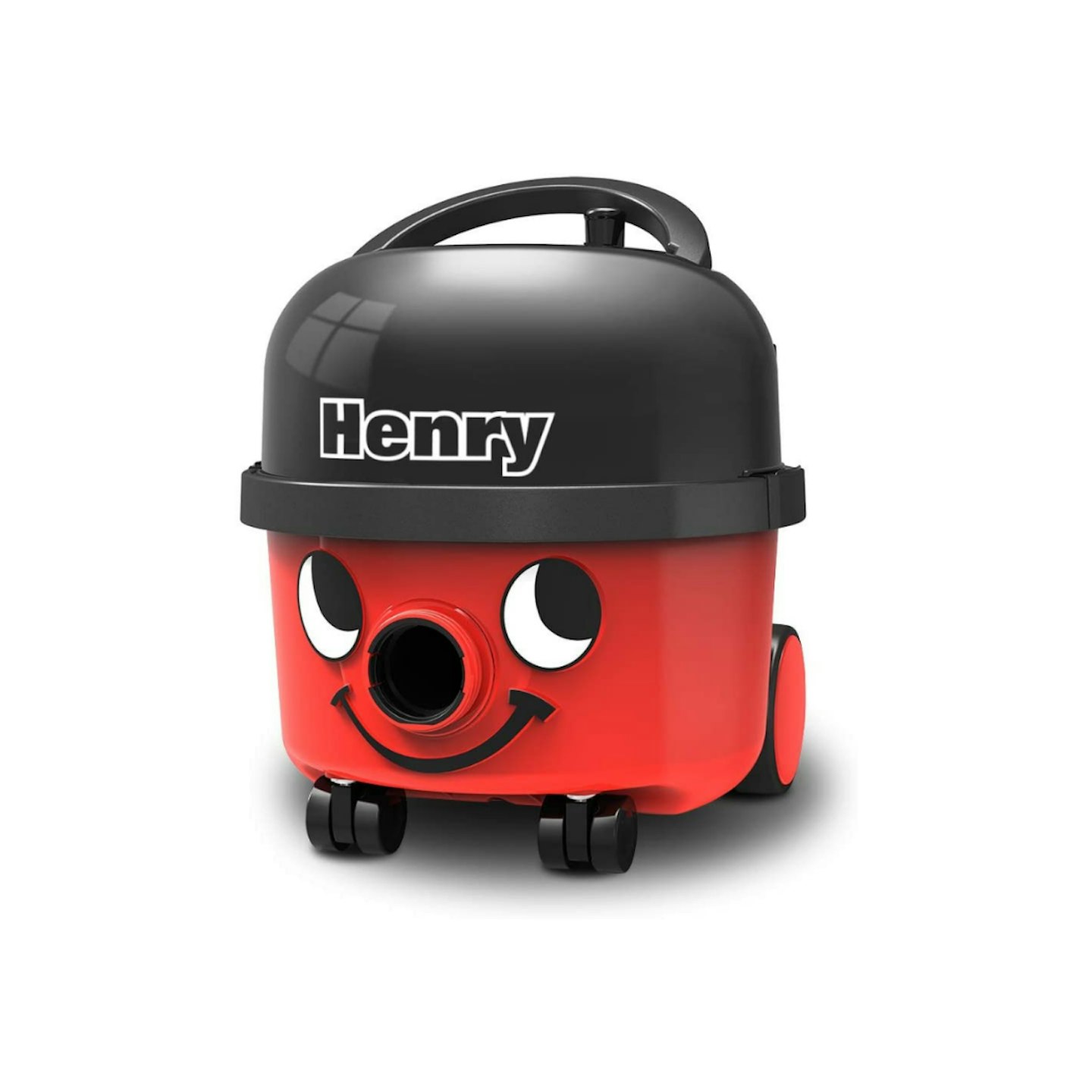
What do you get in the box?
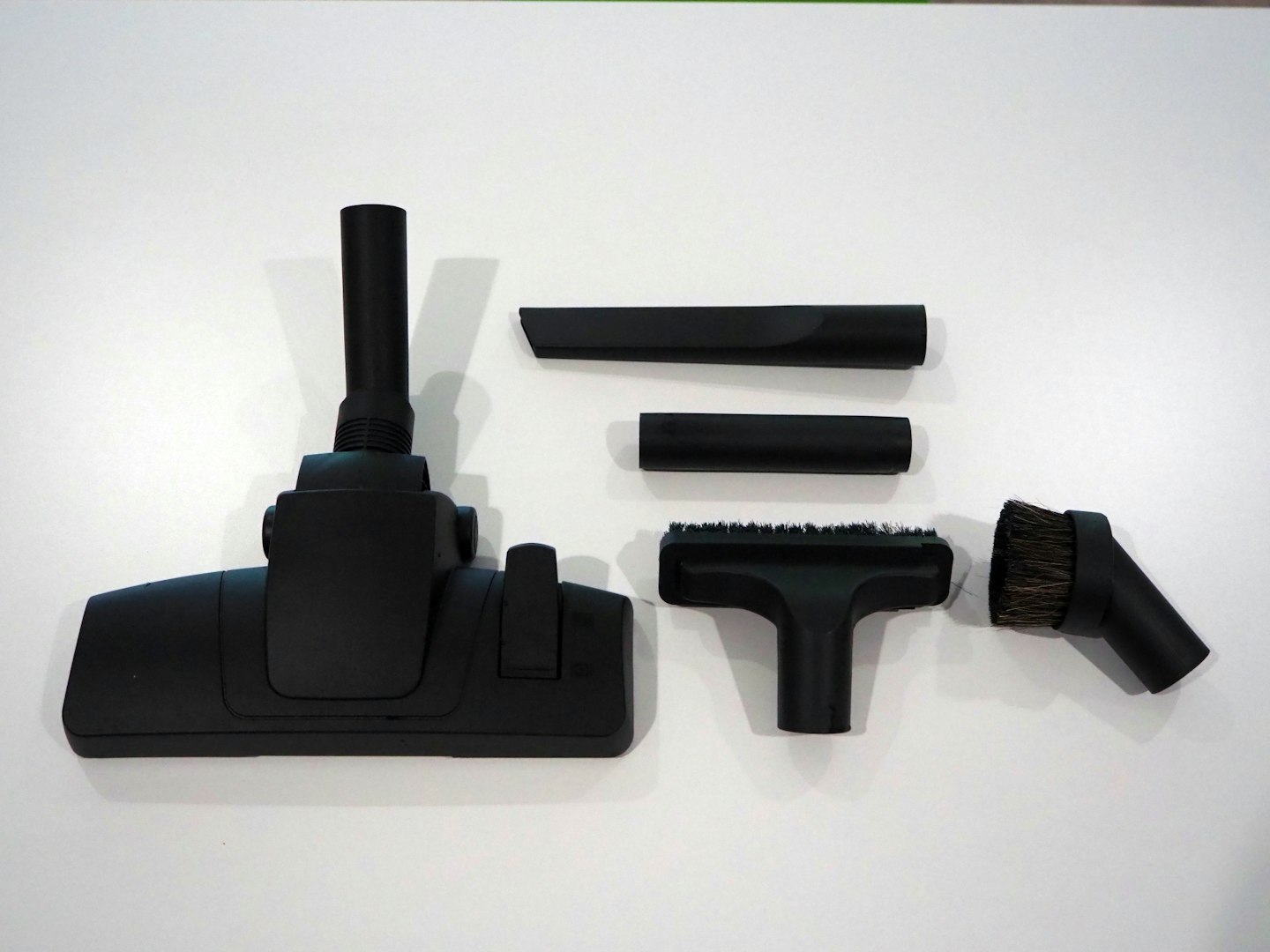
Henry comes with an extensive accessory set to allow you to clean every nook and cranny of your house with ease. The box contains:
Henry HVR160 base unit with tub, filter, and motor unit with 10-metre cable
2x HepaFlo bags - one fitted
1.5-metre conical vacuum hose
2x extension wands and one curved handle
Combination carpet and hard floor nozzle
10-inch crevice tool
Soft dusting brush
All-purpose upholstery nozzle, with slide-on brush
Hose adaptor - to connect small tools without the handle
The Henry vacuum accessories are pretty versatile. The three extension pieces can be configured in a variety of ways to give you plenty of reach, or you can attach small tools directly to the hose if you’re cleaning in a tight area like the car. The conical hose is an advantage, too - it gets wider as it approaches the machine, minimising the potential for clogs.
At the rear of the tub, you’ll find a parking bracket that allows you to rest the floor tool when you’re done cleaning, as well as two areas in which to store the small tools - if you stack one tool on the hose adaptor and another on the crevice tool, you can carry all four with you at all times.
How powerful is a Henry vacuum?
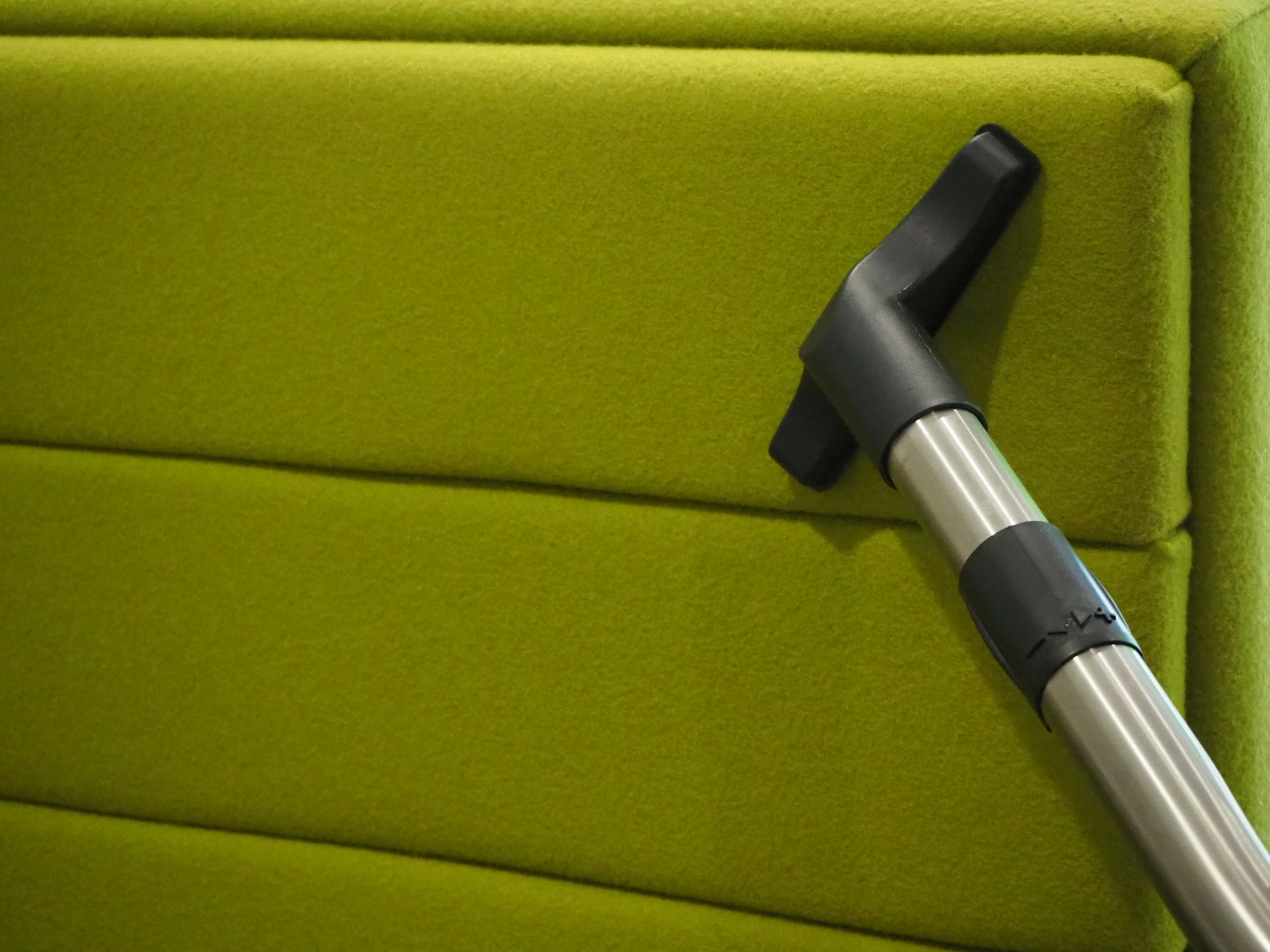
Despite regulations allowing motors of up to 900W, a Henry vacuum makes do with ‘just’ a 620W motor. This has the advantage of making it very energy efficient, as well as quiet - you can certainly clean around others without annoying them too much.
But don’t think that low wattage means Henry’s got no puff. The vacuum's extremely simple air path and design carefully adjusted over 40 years mean he punches above his weight. Older models had a twin-speed motor but there’s no need with this latest model, as the 620W motor is a great blend of suction and airflow with energy efficiency.
How does a Henry vacuum perform on floors?
Henry performs extremely well in the areas the vacuum is designed to work best. That means low-pile carpet, especially the sort of hardwearing carpet tiles you’ll find in shops and offices, and hard floors.
Kept to these Henry sucks up everything in its path with ease. The combi floor tool has a set of brushes at the front and a squeegee at the rear for tackling hard floors - they’re lowered by stepping on a pedal and help it to suck up larger debris without becoming stuck to the floor surface.
A pair of lint-pickers help it tackle hair and fluff on carpets, while the floor nozzle has good edge cleaning performance and is small enough to be easy to manoeuvre in tighter spaces.
Henry’s limitation is with thicker, plush carpeting or rugs. Here, the floor nozzle has a tendency to stick to the ground and become very difficult to push. You can temper this somewhat with a suction control on the curved handle, but then that limits performance.
With no powered brush bar or other agitation Henry won’t suck up dirt that’s got itself right down in the carpet pile, either - our test carpet was free of surface debris but still had sand embedded deep down. Getting stuck-on pet hair requires a lot of back and forth, too. For this, we’d recommend buying Henry’s ProKit - it contains the Airobrush, a suction-powered floor tool that performs much better on carpets and doesn’t stick down.
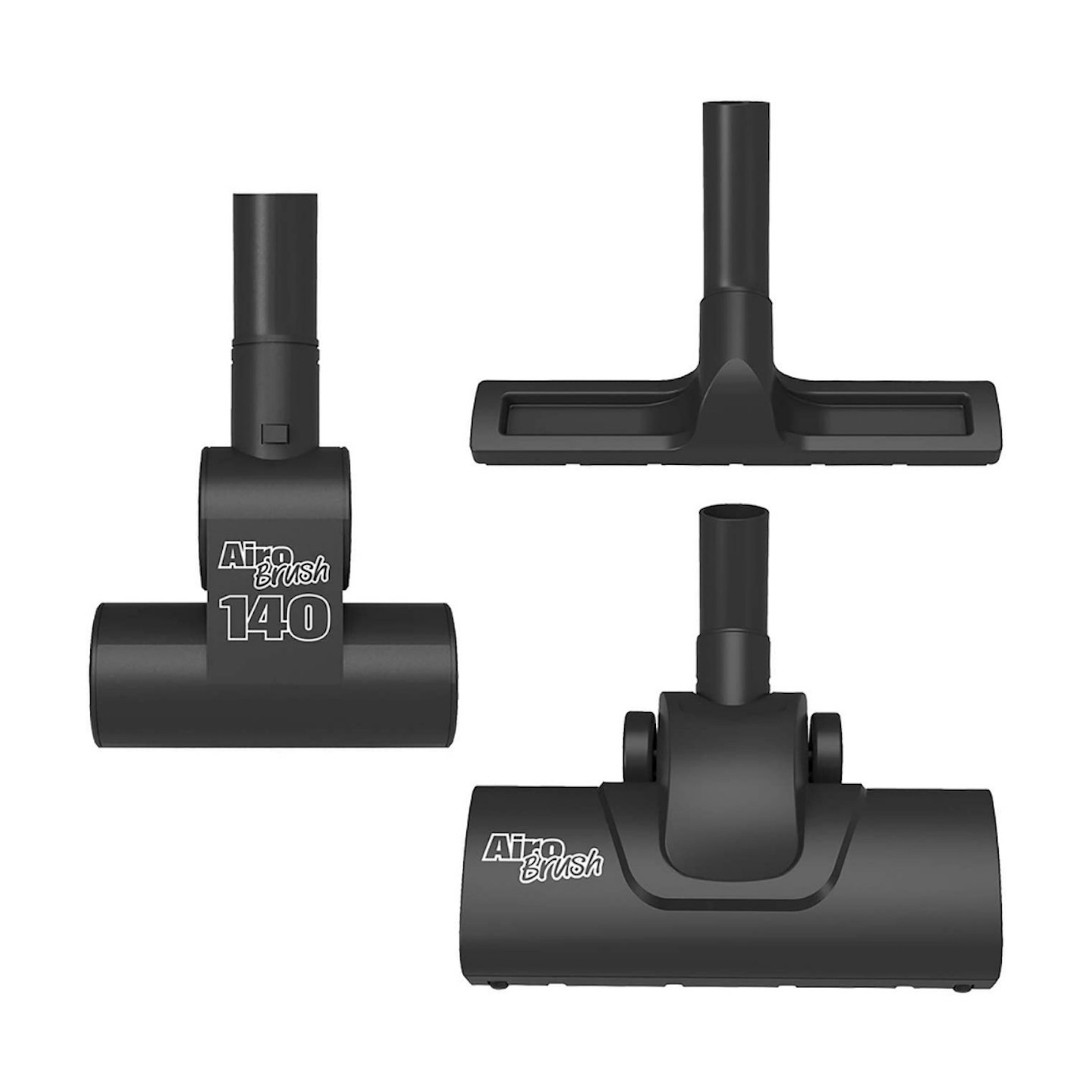
However, if you have an extensively carpeted home, an upright vacuum like the Dyson Small Ball or a cylinder with a powered head would be a better option.
Henry’s reach around the home is exceptional, with a long hose and massive 10-metre cable. This means that unless you have got a very large house, you ought to be able to clean a whole floor without having to switch plug sockets. When you’re done, the vacuum's cable winds up inside Henry's hat with a convenient rotary handle - not as elegant as an automatic cord rewind, perhaps, but much more reliable.
Above-the-floor cleaning and stair cleaning
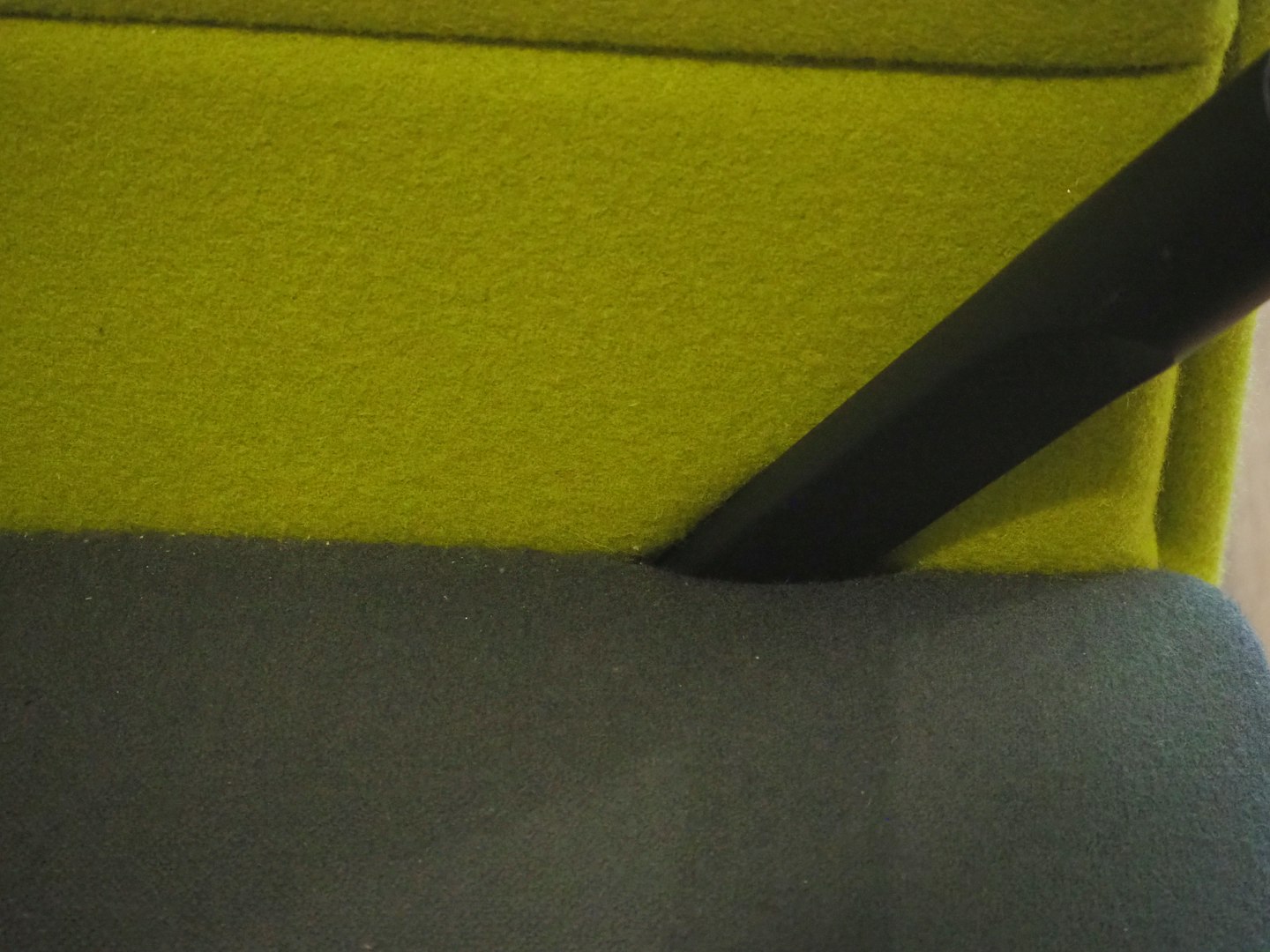
Henry excels at cleaning above the floor. Its tool kit is basic but contains everything you could want. The crevice tool is reassuringly long, unlike the stubby ones you get with many budget vacuums, and great for getting into nooks and crannies. The dusting brush, meanwhile, is soft enough to use on delicate surfaces without worrying about scratching.
The all-purpose upholstery nozzle can be used with or without its slide-on brush and works well - though suffers the same limitation with pet hairs as Henry’s main floor tool. The aforementioned ProKit also includes the AiroBrush 140, a small suction-powered brush that works great on pet bedding or upholstery.
The upholstery nozzle will also be what you tackle stairs with. Henry can be a bit of a pain on the stairs - his round shape means he doesn’t sit nicely on a step and will need to be carried along with you or stay at the bottom. Considering the Henry vacuum weighs 7.5kg, that’s not something you want tumbling down the stairs.
The hose is long enough to reach quite far, but not all the way up a standard flight of 13 stairs - if you need more reach, an extension can be bought from Numatic.
The three wands can be arranged in any way you like, with the bent end positioned at any stage. This gives Henry plenty of versatility for cleaning high or low as needed.
The Henry vacuum is also good for use in the car, with a cable long enough to reach inside the house from a driveway.
How to empty the Henry vacuum
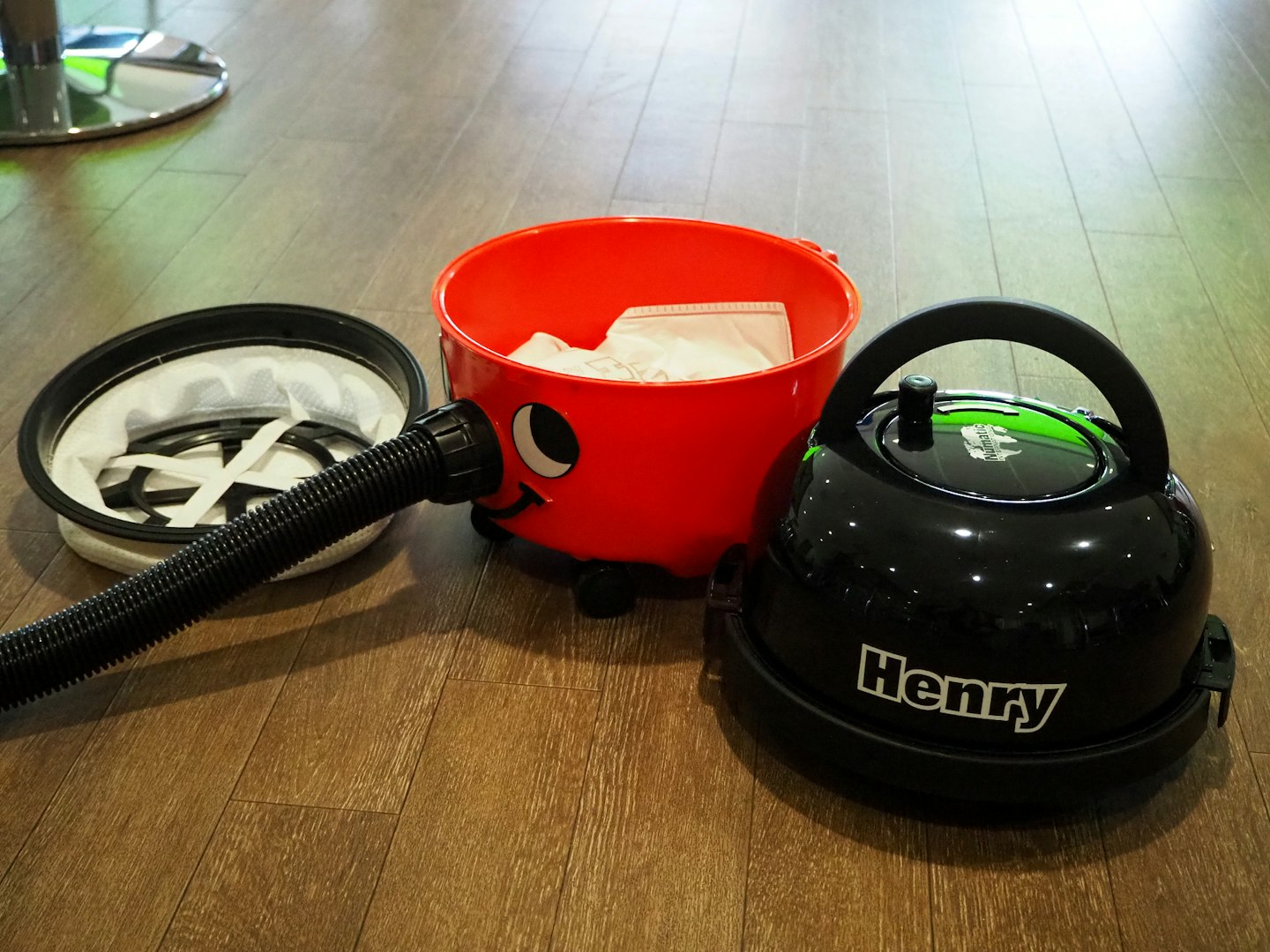
Henry’s a bagged vacuum, meaning emptying is very easy indeed. Simply unclip the top - or ‘hat’, remove the filter and you’ve got access to the bag compartment. The bag is a push-fit, and each one has a plastic flap to cover the opening and prevent a dust cloud when it’s dropped into a bin.
Genuine Numatic HepaFlo bags are great - they’re cheap, readily available even in places like supermarkets, have a massive capacity and offer good filtration thanks to their fabric construction. We’d recommend using them at all times. Older Henry vacuums could be run without a bag, simply relying on the filter to protect the motor - but Numatic doesn’t recommend this any more and neither do we.
With a huge six-litre capacity, Henry will need emptying far less often than your average bagless vacuum and even beats other bagged vacuums like the Miele C1 into a cocked hat with 25 per cent more capacity.
However, vacuum bags can hold odour, especially pet smells - Pet-friendly versions of Henry can be purchased to limit this, or you can buy a charcoal-equipped filter separately for your own Henry. It’s worth mentioning Henry’s filter is not washable and will need replacing every couple of years.
Verdict
Henry’s an icon for a reason - the vacuum will stand up to a lifetime of abuse and keep that cheery grin while never losing his appetite for dirt and dust.
Better models exist for homes with lots of carpets, and Henry’s bulky form factor means it's never going to replace a good cordless vacuum for a quick cleanup. But the Henry vacuum is fantastic for dirty work and, with prices regularly dipping as low as £99, Henry is absolutely terrific value.
Numatic’s catalogue of accessories can tailor Henry to your every whim but even in his base form, this is an excellent vacuum cleaner. Every home should have one.
4.5/5


